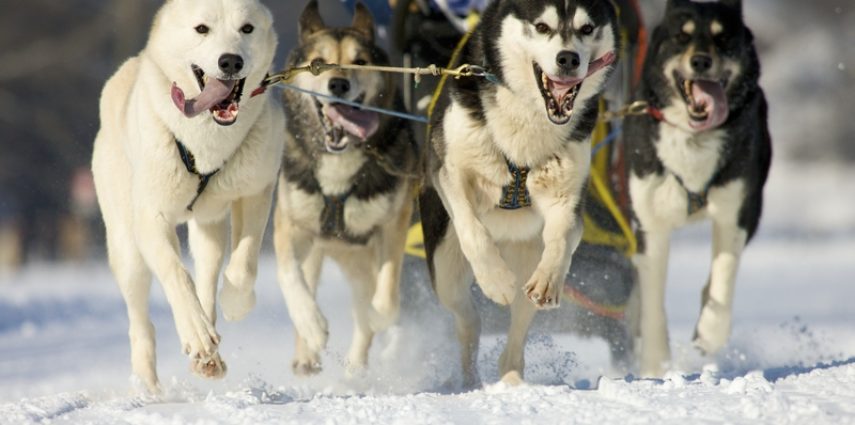Lead Where You’re Strong, Team Where You’re Weak
Maybe you think, or even know, that there is a certain way you are expected to act, so you put on a persona each day you walk into the office.
You want to be the real you, but you’re so busy figuring out the right thing to say that you forget the best thing to do—be real and authentic to who you are.
Inauthenticity drains your energy and renders you ineffective.
Even more importantly, if you’re not comfortable with and can’t get along with you, how in the world are you going to get along with anybody else?
Everyone is wired for greatness, but everyone is not wired for greatness in the same areas.
It’s a key life principle, not just a business one. That’s why I encourage leaders to have their people use self-assessment tools so everyone gains an awareness who he or she is and best to work together.
For example, if you are a blunt, get-it-done person, you may be great in crisis management, but not so great where the situation calls for empathy and patience such as mobilizing the day-to-day habits that create a profitable workplace.
That doesn’t mean you’re inferior or defective. That doesn’t mean you’re weak, but you’re weak in that role. Continue reading and check here for tips on building a great team.
Team-Building Requires Interconnection—Instead of Shame
Weakness is more about role-fit than anything else. And finding yourself in a role that doesn’t leverage our natural strengths is stressful.
We do need to learn to stretch, grow, and adapt. But if we are spending most of our time and energy out of our strength zones, we’ll run into trouble and wear out everyone around us.
Genius and flaws exist in each of us, and neither one has to diminish the other. If you know where your genius lies, but struggle in one particular role, you can create a multifaceted team. It’s important to foster an environment where employees feel valued and respected for their unique characteristics safeguarded by law in the workplace.
Lead where you’re strong, team where you’re weak. Don’t have someone to team with? Lead where you’re strong and put a system where you’re weak!
Thankfully the process to “teaming” up your weak areas is straightforward.
In fact, the hardest part is mustering the honest, authentic courage to reach out for help and collaboration.

Teaming Process:
- Recognize Areas of Weakness
- Ask For Guidance
- Hire the Strengths You Lack
- Learn from Your New Team Member
- Grow Strength as a Team
- Move on to help others with similar problems
It’s time to admit you can’t do it all. And you’re not expected to!
What is expected of you is to realize that truth.
I help leaders all the time who say, I can’t admit weakness to my team or tell them what I’m not good at.
In a sense, the joke is on them, because their team members already know their weaknesses.
Think about it. How hard would it be for you to rattle off the top five things your leader doesn’t do well? Pretty easy, right?
So why would you assume that your direct reports can’t do the same? You aren’t hiding your weaknesses from them when you won’t admit them.
They know your weaknesses better than you do. That’s why you need to be authentic.
You’re not fooling anyone.
Team Building Begins With Humility
It takes humility to admit, “I am not amazing at this, so I should partner with someone who is.” Humility multiplies strength.
Pride isolates people and breaks down teams.
A humble leader, rather than trying to do it all, functions like an air traffic controller who scans the radar and calls certain team members to move depending on the strengths needed in any particular situation.
If inauthenticity has created a rift between you and your team, you’re missing out on their support to cover your weaknesses and maximize your strengths.
Remember: leaders are to achieve results with—and through— their teams.





